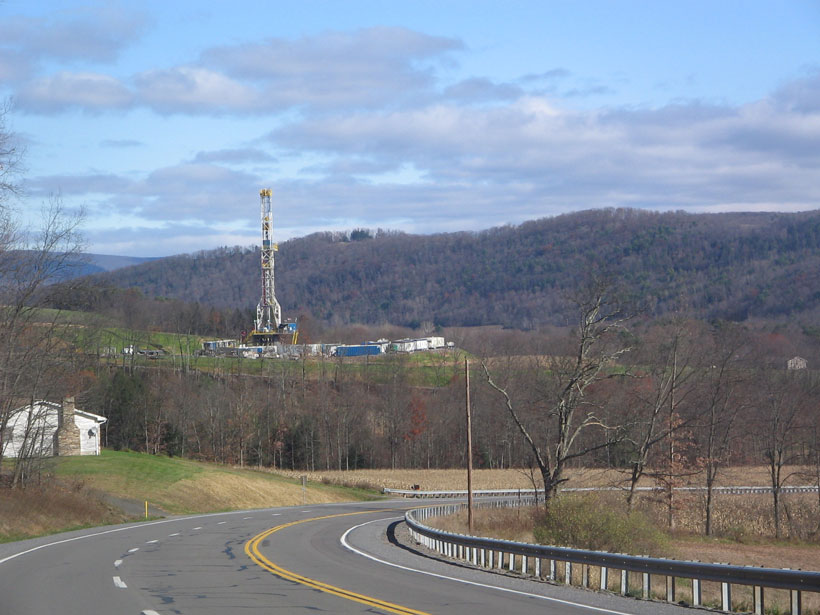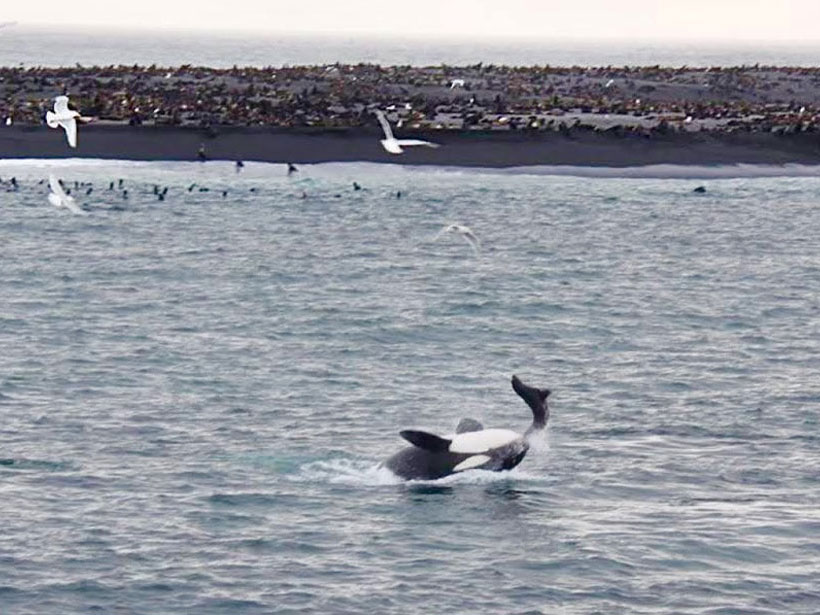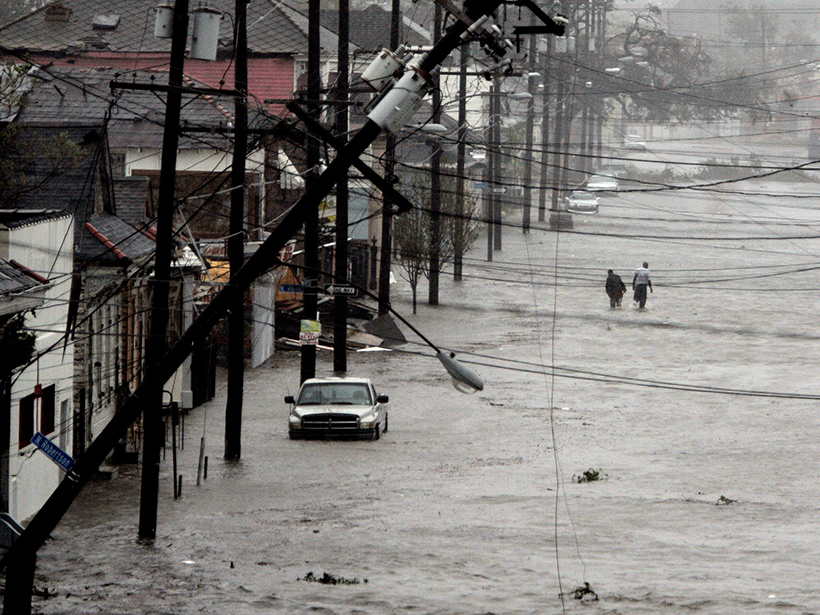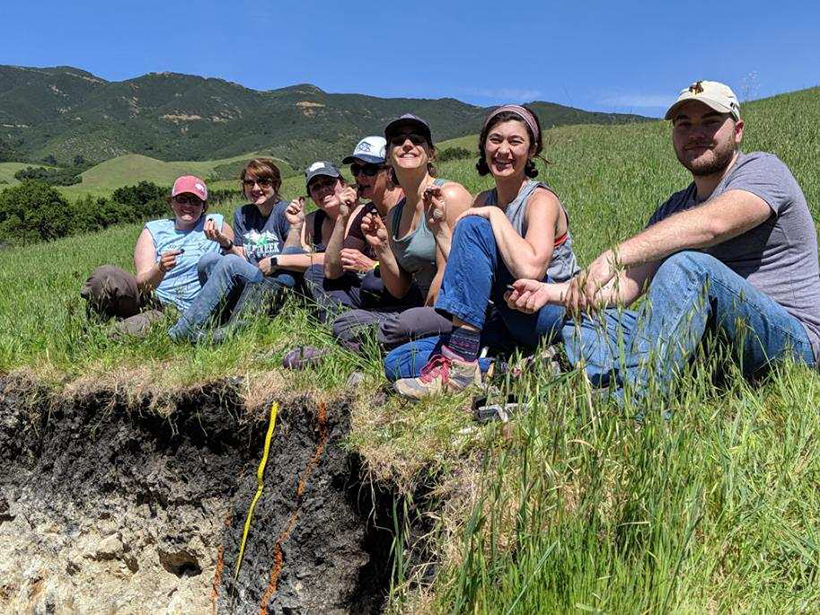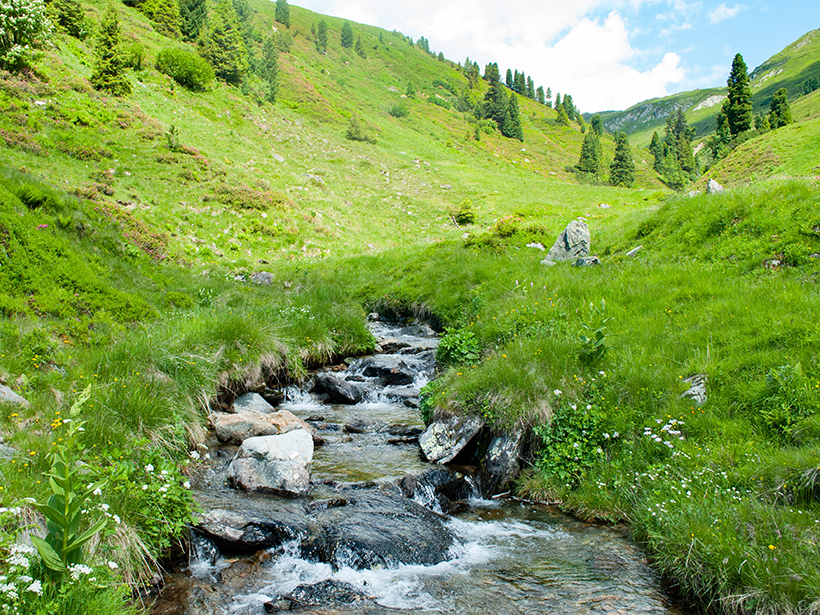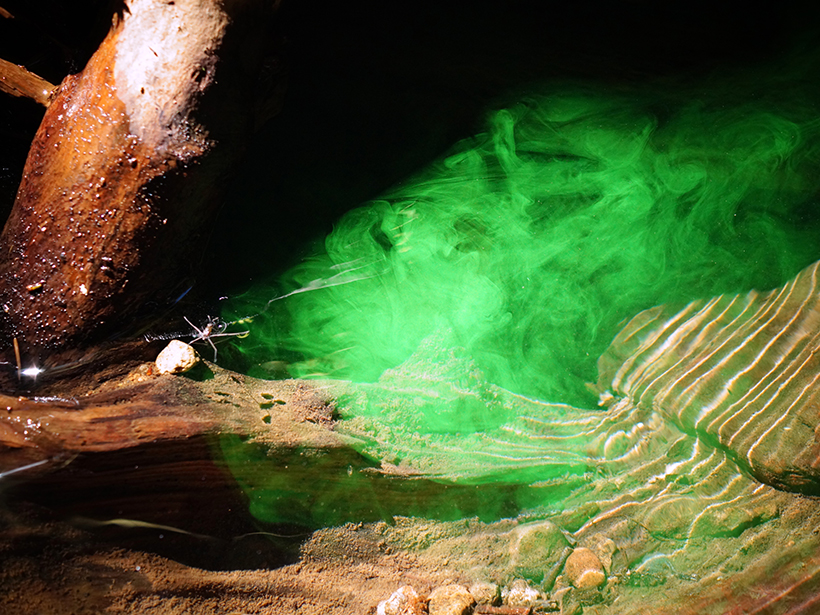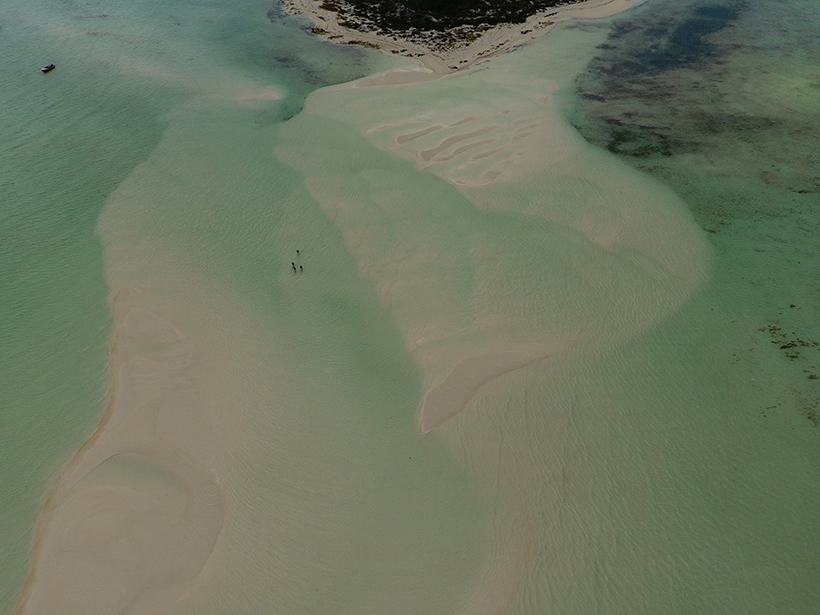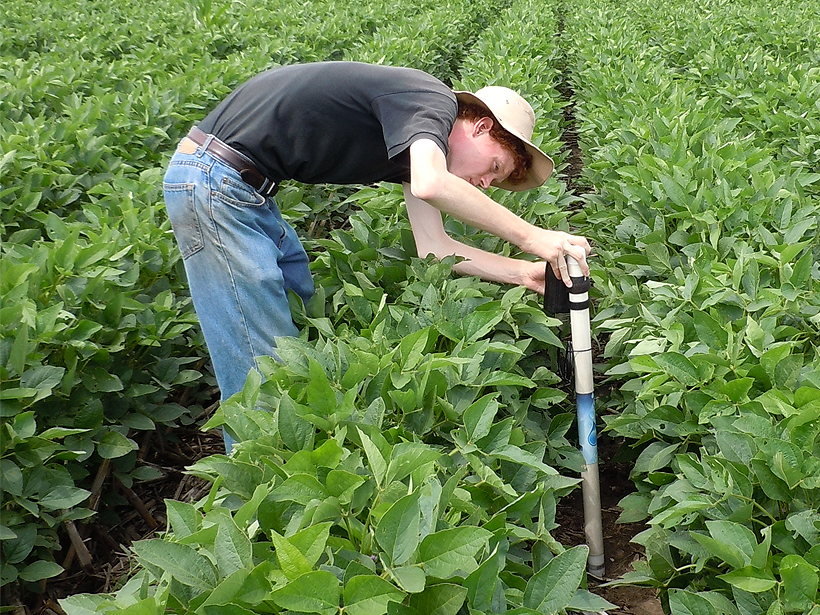Although methane emission estimates from underground coal production appear to be accurate, the calculated emissions from natural gas production are underreported.
Aaron Sidder
Aaron Sidder is a freelance writer based out of Denver, Colo. He has a master’s degree in ecology from Colorado State University. Aaron was an AGU-sponsored AAAS Mass Media Science & Engineering Fellow at National Geographic in 2016, and he has been writing for Eos ever since. In addition to Eos and National Geographic, he has written for National Geographic Kids Magazine, Smithosonian Smart News, 5280 Magazine, and the Santa Fe Institute. In his free time, he cultivates an extensive—and growing—collection of field guides from around the country.
A Look at How Long-Banned PCBs Persist in the Ocean
A new study tracks how climatic factors like sea ice cover and ocean circulation affect the life span and distribution of polychlorinated biphenyls in the world’s oceans.
As Sea Levels Rise, Expect More Floods
A new study unveils the increasing exposure of coastal communities to minor and extreme floods as sea levels rise.
Making the Grade: A Week at the National Soil Judging Contest
Students from around the country recently convened for the National Collegiate Soils Contest and promptly crawled into backhoe-scraped pits to dig into soil science.
Modeling River Boulders to Improve Hydropower Sustainability
Large stones in streams provide crucial habitat for fish. Modeling the boulders and streamflow offers fresh insights into how water engineering projects alter aquatic habitats.
Understanding Stream Metabolism with Reactive Tracers
When the blue dye resazurin encounters living microorganisms, it transforms into fluorescent pink resorufin and helps scientists understand ecosystem respiration, but it has its limitations.
Jupiter’s Northern Lights on Display in Otherworldly Movie
The first movie of Jupiter’s infrared aurora gives scientists a new look at the Jovian magnetic field.
Soil Wet Spots Drive Agricultural Nitrogen Gas Emissions
A new study offers novel insights into the mechanisms driving gas releases in agricultural regions.
Old Idea Spurs New Research into Origins of Carbonate Mudstones
Using modern techniques, scientists tested an old hypothesis about carbonate mud production to shift the thinking about rocks that are used as seawater archives and a source of petroleum.
Are Soil Moisture and Latent Heat Overcoupled in Land Models?
A novel statistical approach demonstrates how to reduce bias in remote sensing estimates of soil moisture and latent heat flux coupling strength and clarifies the relationship between the variables.

